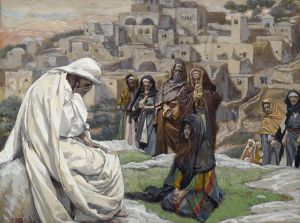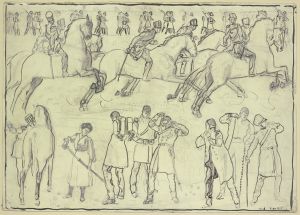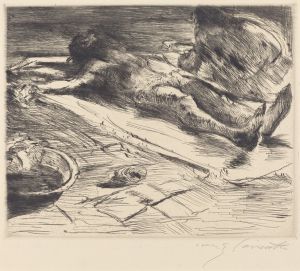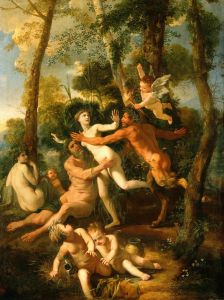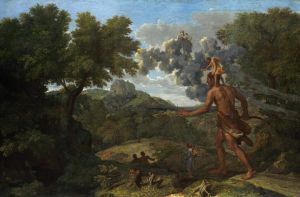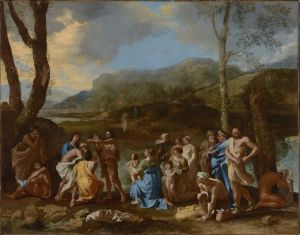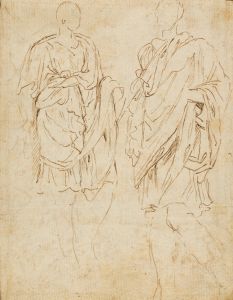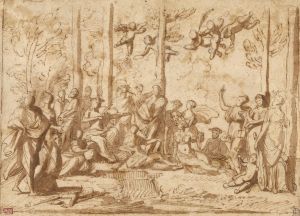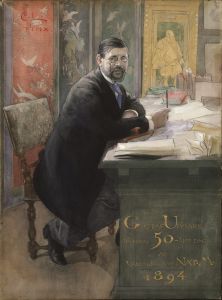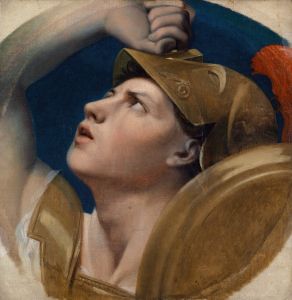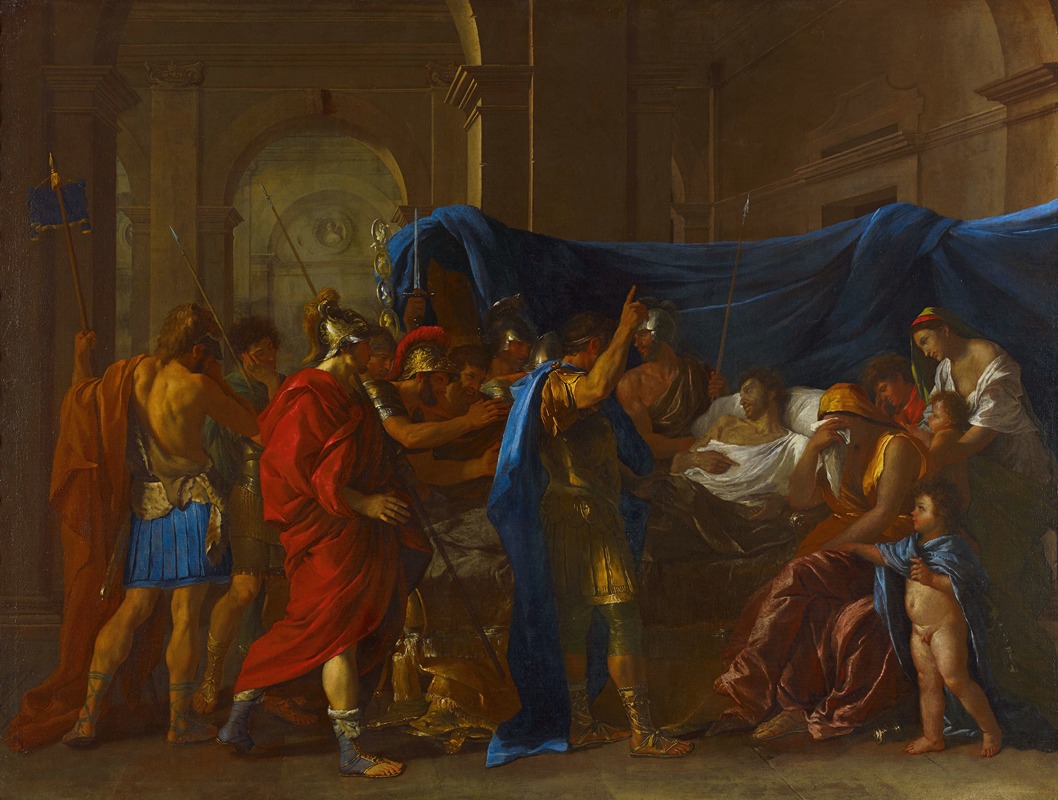
The Death of Germanicus
A hand-painted replica of Nicolas Poussin’s masterpiece The Death of Germanicus, meticulously crafted by professional artists to capture the true essence of the original. Each piece is created with museum-quality canvas and rare mineral pigments, carefully painted by experienced artists with delicate brushstrokes and rich, layered colors to perfectly recreate the texture of the original artwork. Unlike machine-printed reproductions, this hand-painted version brings the painting to life, infused with the artist’s emotions and skill in every stroke. Whether for personal collection or home decoration, it instantly elevates the artistic atmosphere of any space.
"The Death of Germanicus" is a renowned painting by the French Baroque artist Nicolas Poussin. Completed in 1627, this work is one of Poussin's early masterpieces and is housed in the Minneapolis Institute of Art. The painting is celebrated for its classical composition and emotional depth, reflecting Poussin's profound engagement with themes from antiquity.
The painting depicts the death of the Roman general Germanicus, a popular and promising leader of the Roman Empire, who died under suspicious circumstances in 19 AD. Germanicus was the nephew and adopted son of Emperor Tiberius, and his death was widely believed to have been orchestrated by Tiberius himself, possibly out of jealousy or fear of Germanicus's popularity and potential threat to his rule. This historical context provides the dramatic backdrop for Poussin's work.
In the composition, Germanicus is shown lying on his deathbed, surrounded by his grieving family and loyal soldiers. His wife, Agrippina the Elder, is depicted in a state of mourning, while their young children are present, emphasizing the personal tragedy of the scene. The soldiers, visibly moved, are shown swearing vengeance, which underscores the themes of loyalty and justice. Poussin's use of gestures and expressions effectively conveys the emotional intensity of the moment.
Poussin's style in "The Death of Germanicus" is characterized by its clarity, order, and adherence to classical principles. The composition is carefully structured, with a strong horizontal axis and balanced arrangement of figures. The artist employs a restrained color palette, using rich earth tones and subtle contrasts to enhance the solemnity of the scene. The figures are rendered with precise anatomical accuracy, reflecting Poussin's study of classical sculpture and his commitment to the ideals of the High Renaissance.
The painting is also notable for its narrative depth. Poussin was known for his ability to convey complex stories through his art, and "The Death of Germanicus" is a prime example of this skill. The work invites viewers to reflect on themes of power, betrayal, and the impact of personal loss within the broader context of historical events.
"The Death of Germanicus" holds a significant place in art history as an exemplar of Poussin's early work and his mastery of historical painting. It demonstrates his ability to blend classical influences with a deeply humanistic approach, creating a work that resonates with both the intellect and the emotions. Poussin's influence on later artists, particularly in the realm of history painting, underscores the enduring legacy of this masterpiece.





